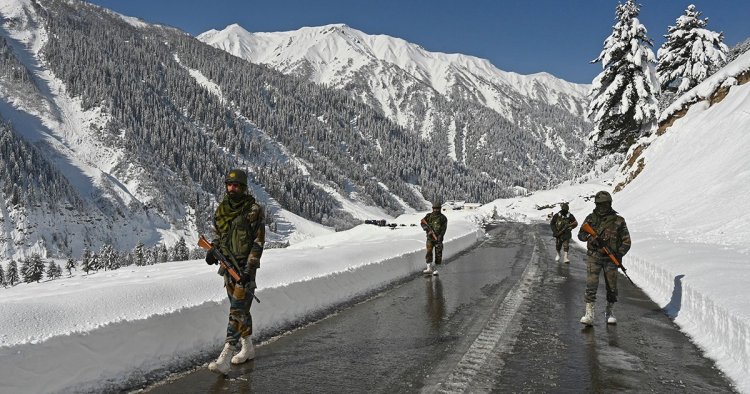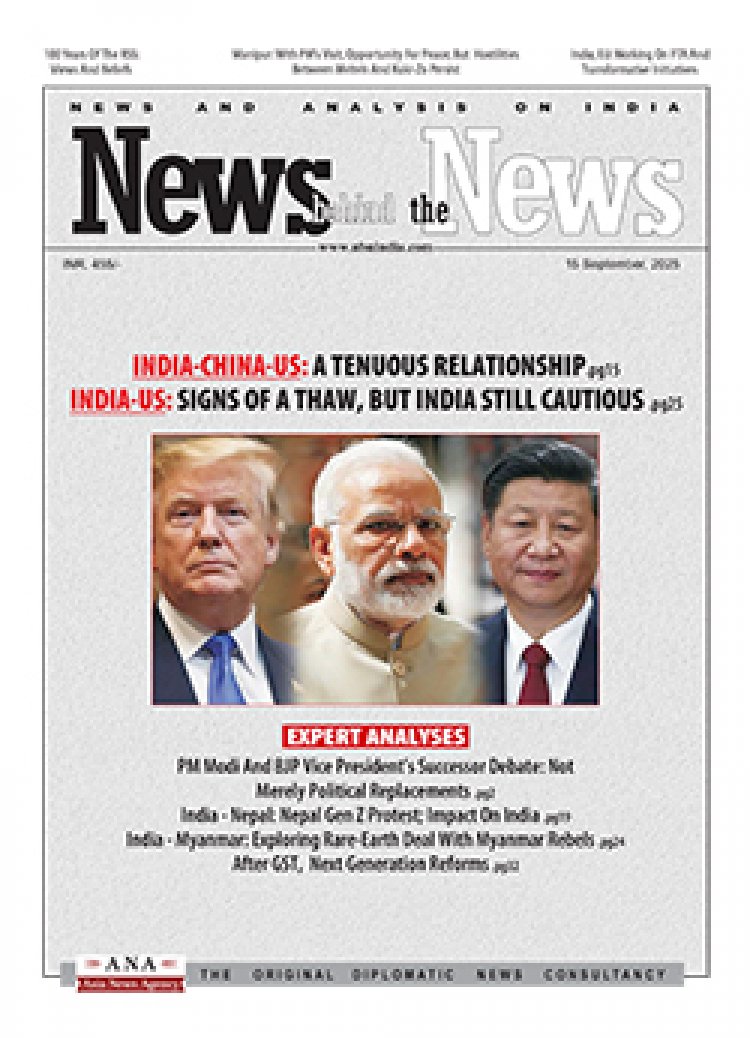Ladakh: Crisis in The Strategic Union Territory
Asia News Agency

Ladakh was conferred with the status of Union Territory three years ago. It is now seeking much more in the form of a tribal status and protection under the Sixth Schedule, concerned with Administration of Tribal Areas. It is also demanding full statehood and separate Parliamentary constituencies for Leh and Kargil.
Crisis ‘less to do with the government’s negative intent and more to do with lack of clarity’
The crisis, writes P Stobdan (Strategic Affairs Expert) “has less to do with the government’s negative intent and more to do with lack of clarity.
“Firstly, the UT of Ladakh came as an upshot of the abrogation of Article 370, and not through a gradual, directional political process. While Ladakhis’ demand for UT status is old (predating even the Telangana Movement), nobody expected it to come so suddenly in 2019. While the Shias of Kargil rejected the new arrangement, the Buddhists, too, soon understood that a UT without legislature would be meaningless.
“Secondly, they feared that it would lead to the influx of outsiders that would, in turn, change the region’s demography, identity and protection of land and jobs, etc. The initial euphoria has turned into despair.
“Thirdly, the UT structure meant undermining the powers of pre-existing two local Hill Councils. The powers got shifted to the Lt Governor (L-G) and his apparatus. Therefore, the elected council members felt disempowered. This resulted in incongruity, and people started feeling alienated. Even the senior local BJP leadership quit the party. The loss of power led to the Shias of Kargil and the Buddhists of Leh, who are otherwise not known for projecting a united face, to come together to share their anxiety.”
Fourthly, writes Stobdan “the Centre had no clear strategy to shape the UT formation. The bureaucratic structure created there was not backed by political mechanisms for people to air their grievances…..
“Fifthly, the crisis is a derivative of poor understanding of the region. The Centre lacked the expertise to deal with Ladakh having a complex ethnic, political, security, and border dimension….” The current crisis is a case of political failure to manage public perception.
Stalemate continues
Meanwhile, the stalemate between the Centre and Ladakh continues.
Sadly, states Stobdan “for decades, the Centre has been allowing Ladakhi profile to be colour-washed through external influence. It is facing problems within and from outside. Consequently, the mood among people has been changing. On social media, people are expressing uncomfortable thoughts. More and more dissent and schismatic expressions are coming to the fore.
“Externally, the UT status seems to have miffed China. It has started spinning a new narrative of Ladakh being historically a part of Tibet.
“The current confusion has less to do with the government’s negative intent and more to do with lack of clarity……”
Strategic significance
Emphasising the strategic significance of Ladakh, Luv Puri (author of Across the LoC) writes “situated along Chinese-controlled territory and Pakistan-administrated Gilgit Baltistan, the cold and arid desert of Ladakh has been on the boil politically for over three years with far-reaching ramifications. Ladakh is nearly 46.4% Muslim, 39.7% Buddhist and 12.1% Hindu. It comprises two districts — Kargil, via Gilgit-Baltistan, which falls on the old route of South Asia’s connectivity with Central Asia, and the eastern part of Leh, which faces China-controlled Tibet with whom it shares the same form of Buddhism.
“Ladakh, with a population of little over three lakh, has repeatedly come under international spotlight as a result of territorial contestations among the three nuclear-armed armies of India, China and Pakistan. In 1999, Kargil saw incursions by the Pakistani army…..In 2020, the Galwan Valley saw an unprecedented Indo-Chinese contestation and, notwithstanding several diplomatic and military parleys, there is still a massive deployment of the Indian and Chinese militaries along the line of actual control.”
The political instability that has wrecked the region in the background of these developments, writes Puri “has failed to get adequate public attention. More importantly, irrespective of which political party is in power, Ladakh as a case study and its ongoing collective political agitation highlight the fact that post-colonial States find it difficult to shed colonial structures and, thus, trigger inadvertent bureaucratic responses that are unpopular and unsustainable. It also demonstrates the limitations of popular movements that are rooted in divisive politics.”















